What is the best wood for a Handmade Persian Backgammon board?
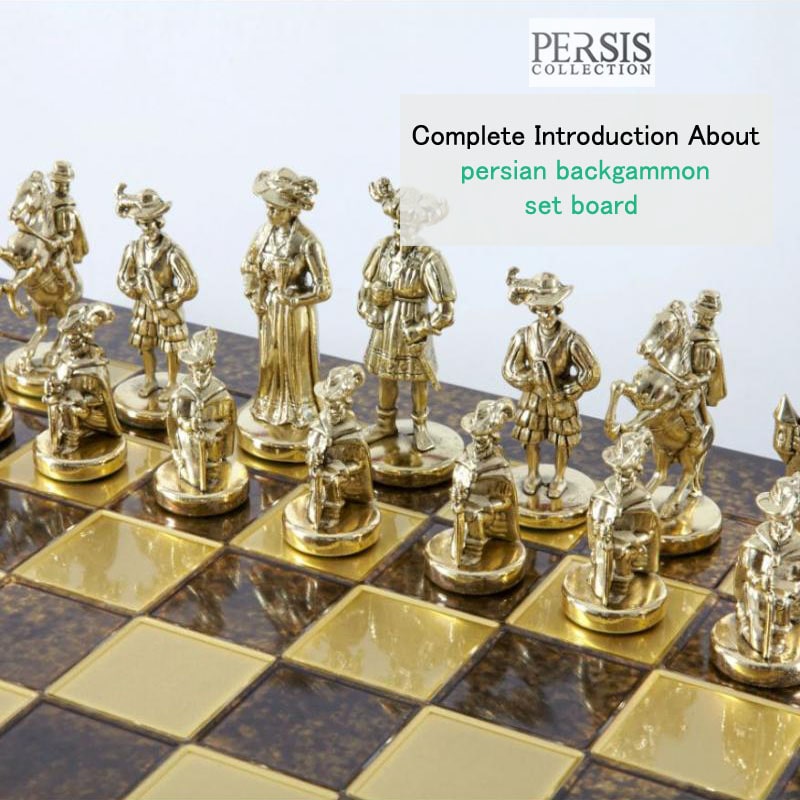
In today’s world and with the advancement of technology in various fields, the world of entertainment has undergone many changes and many people no longer use the old methods to fill their free time. But some intellectual games, including Persian backgammon and chess, still have their fans, and all over the world, one of these intellectual games can still be found in the homes of many people.
In this article, we are going to examine Persian backgammon in detail, so that if you are interested in this game or intend to buy it, you will learn more about its history and rules. We suggest that you stay with the article section of the Persis Collection website for further educational articles.
Related articles: set up a backgammon board
Persian Backgammon
This game is an intellectual game that relies on planning, method, counting, and luck. In this two-person game, the players move their checkers clockwise or counterclockwise based on the two numbers printed on the dice, and finally, they remove them from the game board, at the end, the winner will be the player who removes all his checkers from the game field first.
After Go and Checkers, it is the third game in the world that is very common among people of Eastern Europe and the Middle East, especially the people of Iran. In some regions of Iran, this game is called Nardestan.
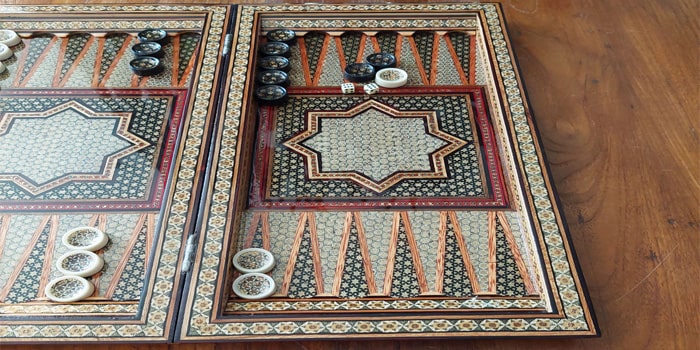
Persian Backgammon
Getting to know the backgammon game
Backgammon is a very old game with a very long history. This game is known in many countries of the world and has its fans. In some countries, you may still see many old or young people playing this game on the side of the street or in cafes and restaurants. In Iran, this game is usually known as Board and has many fans.
The backgammon board has two parts and is usually made of wood. It includes two sets of black and white checkers that are round and flat, and two dice. In some countries, the game may have more pieces or extra details. But in Iran, it is played in this simple form.
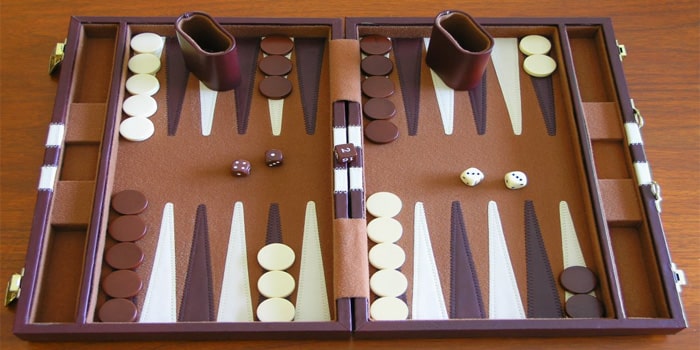
Getting to know the backgammon game
The date of the invention of the backgammon game
The backgammon game, as mentioned, is very old and according to historians, it goes back from 1800 to 3000 BC. Interestingly, many historians attribute this game to Iranian people at that time and consider this game a royal game in the Sassanid era. Also, the oldest board was found in Sistan and Baluchistan, Iran, and it shows that many Iranian people have been interested in this game since ancient times.
Of course, today’s board game is very different from its old type and has undergone many changes over the years. The modern rules of the game were written and popularized by the Egyptians.
In general, historians consider the origin of this game to be related to ancient Iran, Greece, Rome, and China. Each of these nationalities has made changes to the game over time and exerted its influence on its rules. The old boards were made of wood and stone checkers were used instead of checkers and dice.
History of the Persian Backgammon
Archaeological excavations in the Burnt city show that this game existed in Iran in 3000 BC. A set of 30 checkers and two dice on one board with a picture of a snake on it found in Burnt city is 100 to 200 years older than the one found in Ur.
Iran is known as the motherland of this game by people around the world. The first handmade game ever found, which is seen as the ancestor of Persian backgammon and perhaps chess, dates back about six thousand years. It belonged to the Elam civilization in the regions of Khuzestan, Izeh, and Susa.
A game board was also discovered in the Burnt City of Sistan and Baluchistan. It was found in an ancient grave called No. 761, along with 60 checkers. The board is made of ebony wood and shaped like a snake that coils itself 20 times and holds its tail in its mouth.
The checkers and dice were placed in a clay container next to the board. These dice were very different from modern ones. They were made of stones commonly found in the Burnt City, including lapis lazuli, agate, and turquoise.
Until now, many believed that the game board found in the royal cemetery of Ur in Mesopotamia (modern Iraq) was the oldest game made by humans. Another ancient board and dice game was discovered near the Halil River in Jiroft, Kerman. This find dates back five thousand years. It was shaped like an eagle and a scorpion carved from soapstone. Excavations led by Yusef Majidzadeh uncovered it. The board has holes where the checkers were placed.
Other examples have been found in the Silk Hill of Kashan and on the rocks of Kharg Island in the Persian Gulf. Researchers believe this type of board and dice game, seen in Iran and other ancient civilizations like China and Egypt, is the ancestor of today’s backgammon.
In fact, all these early games were in such a way that they moved a number of stones or checkers on a board that had different numbers of houses and brought the checkers from a starting point to an ending point.
The oldest documents in the world that indicate the existence of the Persian backgammon board in its present form are authentic and historical Iranian documents that report the creation of this game during the Sassanid era by the hands of the smart minister Bozorgmehr.
The first document: a Pahlavi writing called Chatrang Namag (Matikan Chatrang or Chess Report) was invented by Bozorgmehr in response to the chess game sent by the King of India to Anushirvan, and according to Ardeshir Balkan, the founder of the Sassanid dynasty, he named it “Nivardshir” meaning Ardeshir the Brave.
According to the text of the Chatrang Namag book, Bozormehr drew inspiration from various symbols when creating Persian backgammon. Many of these symbols are linked to Zoroastrian beliefs.
He compared the game board to the earth and the four parts of the board to the four seasons. The black and white dice symbolized night and day. The number of dice represented the number of days in a month. The rotation of the dice reflected the movement of the stars. It also showed the motion of people.
Also, arranging the checkers at the beginning of the game has been likened to the creation of the world and the collision and passage of the checkers to the collision and passage of humans in this life and at the end, their exit from the game board has been compared to death.
The symbolism can be seen even in the description of the dice numbers, in which 1 is the sign of Ahura Mazda. and 2 emblems of two Mino (Angre Mino and Sepenta Mino). 3 good thoughts, words, and deeds. 4 signs of the four elements of creation, i.e., water, wind, earth, and fire. 5 signs of the five lights of the sun, moon, stars, fire, lightning, and 6 have become like six times.
This game is also mentioned in the Talmud, and it is interesting that the sum of the numbers facing each other on the sides of the dice is always seven, which is a number that was dear to Iranians. As they put six against one, five against two, and four against three.
The second document is a silver dish from the Sassanid era, which shows Sassanid soldiers playing backgammon and wrestling in the motifs of this dish.
The third document is Ferdowsi’s Shahnameh, which deals with the story of making the backgammon board in the form of a poem, in the section “Inserting Chess.”
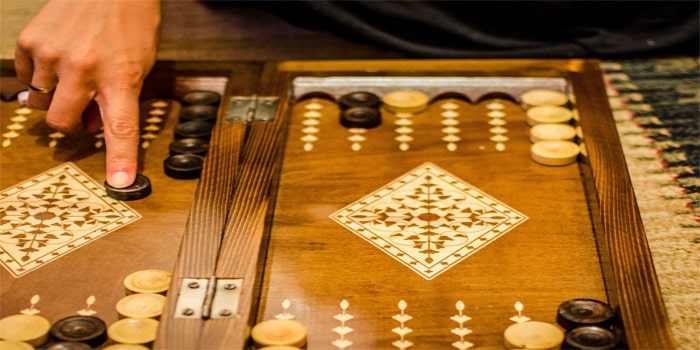
History of the backgammon game
History of backgammon in Egypt
Board games have been around for thousands of years in Egypt and Southwest Asia. The ancient game of Sinite and the paintings of the great tombs show this fact.
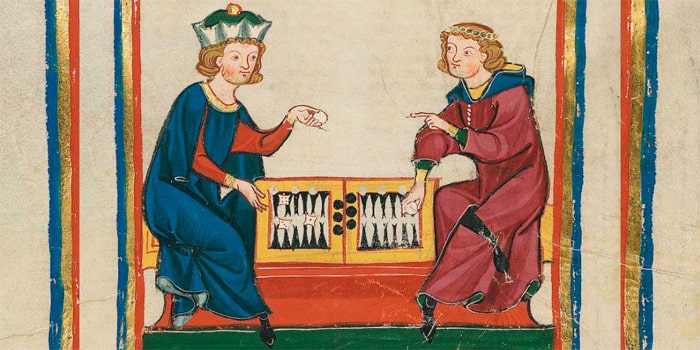
Persian backgammon
Backgammon rules
Backgammon, like any other mental game, has its own rules and each player must follow them carefully to determine the outcome. These rules include the way the checkers are placed and the dice are rolled. In the following, we will review more backgammon rules.
The rules of stacking checkers
The backgammon consists of two types of white and black checkers and a wooden board. Each player must choose one color and will have 15 checkers. White checkers will play counter-clockwise and black checkers will play clockwise. Before the start of the game, dice are usually thrown, and with the agreement of the parties, any person who gets more or less number can choose the color of the desired checker and the way to stack the checkers and start the game.
Starting the Game
At first, each player throws a die. In backgammon, two identical dice are used. In some countries, players use a doubling die or small containers to roll the dice instead of their palms. However, in Iran, these additions are not very common.
The number on each die determines how far a checker can move. You can either apply both numbers to a single checker (by combining the values) or move two separate checkers according to each number.
Basic Rules of Movement
When more than two checkers of the same color are on the same point, that point is considered “closed.” Your opponent cannot land on that point.
If you roll a double (both dice show the same number), you must move four times using that same number.
If a checker is standing alone on a point, it is considered “open” and can be hit by an opponent’s checker. The opponent then takes its place, and the hit checker is placed on the bar (the middle area of the board).
If both moves are possible with your rolled dice, you are required to make both — unless all valid points are blocked.
Ending the Game
To finish the game, you must gather all your checkers into the final six points (your home board). Then, you can start removing them from the board based on your dice rolls.
If there’s no checker on the point that matches the dice, you must move a checker within your home board using that number.
The player who removes all their checkers from the board first is the winner.
The material of the backgammon box and checkers
In ancient times, the backgammon board was only made of wood and the checkers were made of stone or wood. But today, board games are produced in different materials and sizes. Plastic types of this game have also come to the market.
But it is still the best type of wooden game that is glazed. The material of the beads can be plastic or wood. There are also different types of dice. They are generally made of plastic, but they can also be found in wooden types in the market.
Buying Persian backgammon
If you are a fan of backgammon and want to have this game at home, buying a backgammon board is a smart choice. It’s a great way to fill your free time. Old and fun games like chess and backgammon can be exciting. They also engage your mind while you play.
Backgammon is a great option when you gather with family and friends. It brings both excitement and fun. This old game may seem tricky at first if you haven’t learned it yet. But with a little practice, it quickly becomes enjoyable and engaging.
Persian Backgammon basics
Let’s start with the opening moves of the backgammon board. There are dozens of different moves to start backgammon; But in total, rolling two dice together produces only 15 combinations. To start the game, each player must roll a dice. Whoever rolls more dice will start the game. In this case, it is impossible to use both dice.
You might get a little confused because of the variety of backgammon moves or because of the different numbers. Fortunately, we have explained the different combinations of dice here, and you no longer have to find the correct moves to start the game by trial and error.
The best backgammon moves are those that secure a point with two or more checkers for you and bring you closer to your opponent’s checkers. By doing this, you assign that point to yourself and prevent the opponent’s checkers (15 pieces on each player’s side). Securing different points while moving on each of the two main backgammon boards is one of the powerful strategies of this game.
Recommended Opening Moves and Strategies
If you throw 5-3, 6-1, 4-2, and 3-1 dice, you can start the first moves of the game. For 3-5 dice moves 3/8 7/13 is recommended. All backgammon experts agree that the best starting move for a 6-1 dice is 7/8 7/13. If you roll 4-2 dice, we recommend moving with 5/8 5/6.
If you cannot secure a point, the best thing to do is to separate two checkers that secure the same point. Although this can open up at least two points for attack, you can easily secure one point next hand. Here we examine the best moves for splitting or separating the two checkers of a point.
The first one is 6-3 for the dice. If you roll such a dice, your move should be 10/13 18/24. If it was 2-6, you should move with 11/11 or 18/24. The initial 5-1 dice will have a move of 8/13 23/24. Recommended move for 1-4 dice is 13/9 23/24. For 2-1 dice it should move 11/13 23/24.
When you roll 4-5 dice, we recommend moving 24/8/13, but if you roll a 5-2, you should move 24/22/8/13. Our recommended move for the dice is 4-3 9/13 21/24. If you roll 2-3 dice, you must move 11/13 21/24.
The easiest moves to start a backgammon game are two moves. The first one is for when you roll 6-4 dice. The starting move for such a dice is 14/24, but you can use 18/24 9/13 as an alternative move. The second move, i.e., 6-5 dice, is played with 24/13 moves. You need time to memorize all these things, but don’t worry, after a few times of practice, you will be able to remember the right move when rolling the dice.
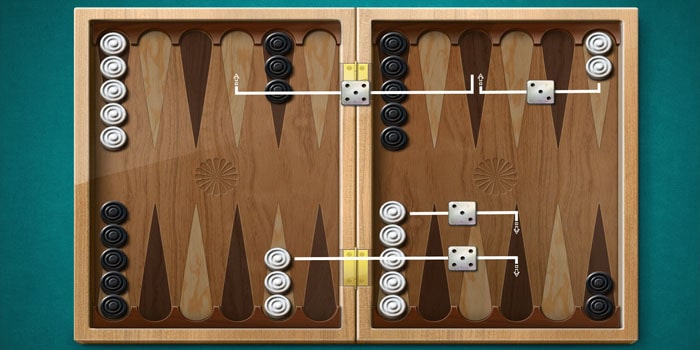
Frequently Asked Questions
- What does the concept of Gammon in backgammon mean?
>>>>>>>>>>>>If you remove all of your checkers before your opponent can remove at least one checker, your opponent is gammon and your score is 2. If it is not done, the score you get is 1. - What does the concept of betting on the backgammon board mean?
Betting is optional. Whenever either player thinks they are winning, they can ask their opponent to concede or double the score. Before players have to play to the end and may have a lot of chances to interfere in the play-by-play in the meantime. However, by betting, this chance is killed and the player who is behind due to poor play gives up. - How long does it take to play backgammon?
A specific time to finish the game cannot be considered. From the beginning of the game, if one of the sides is stronger, the game can end sooner, but if both sides are strong, it may take longer for one of them to succeed in removing all his checkers from the game.







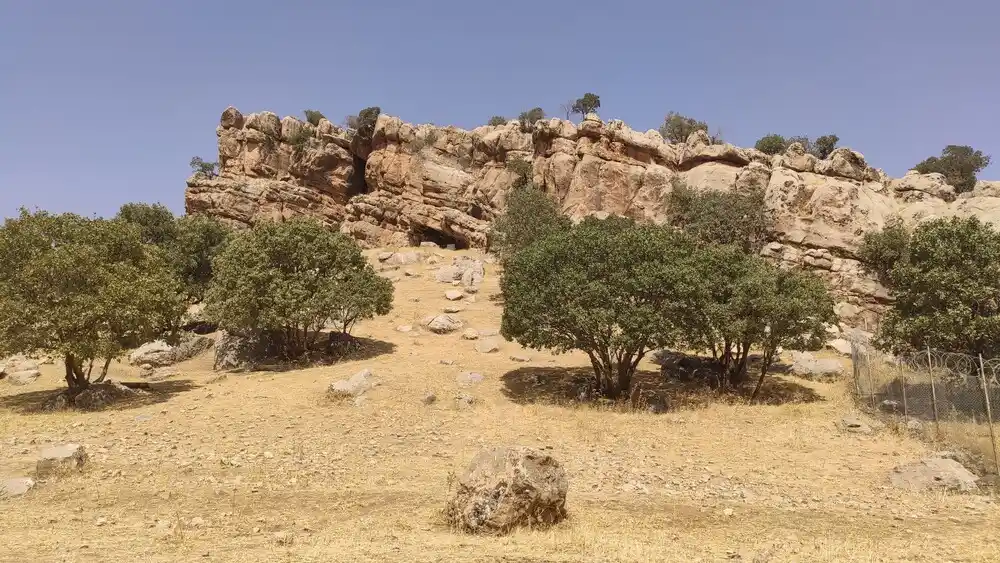
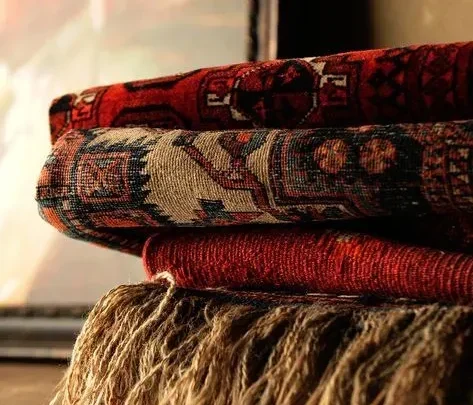
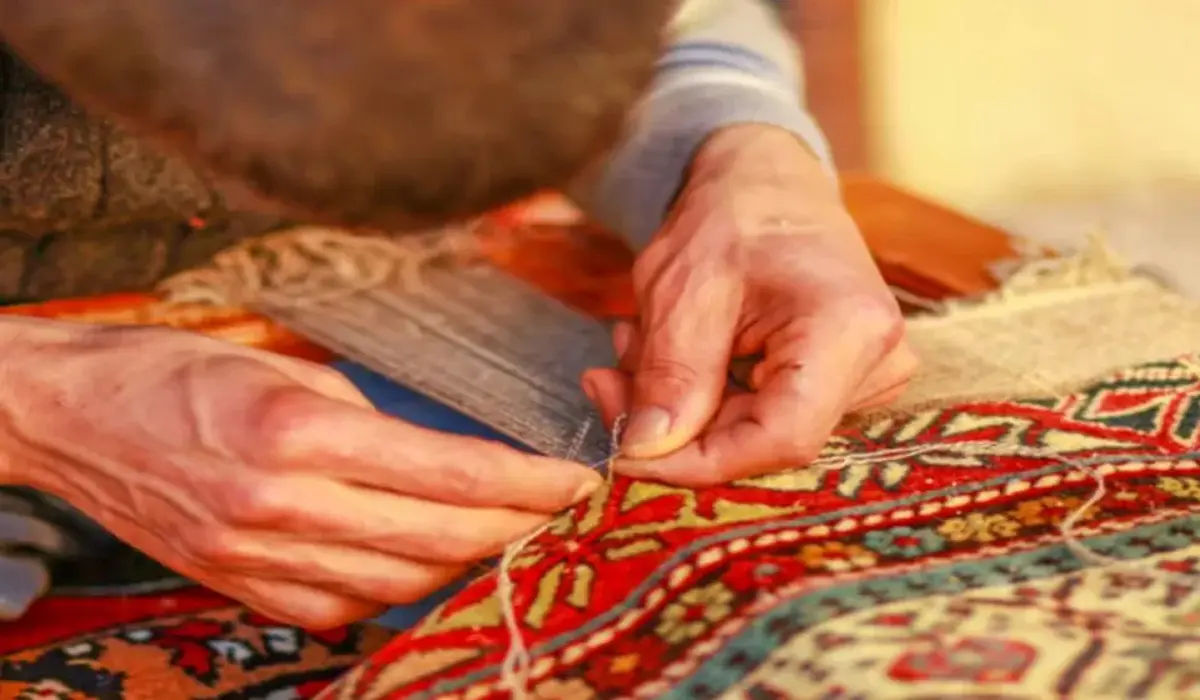
Comments